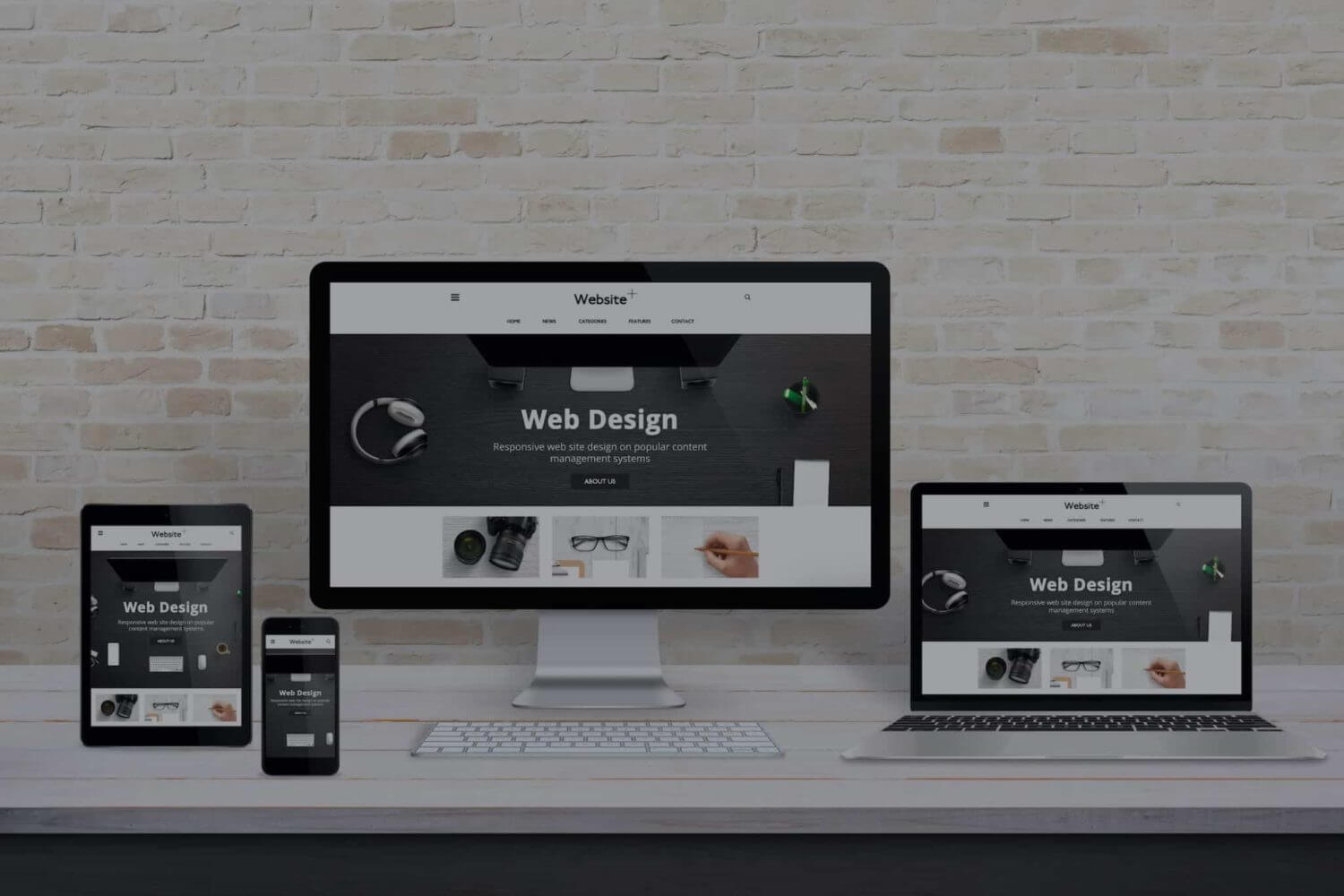Learn How Web Layout Works to Produce Involving User Experiences
Website design plays a necessary role fit customer experiences throughout electronic platforms. By understanding essential principles like usability and visual hierarchy, designers can create web sites that not only attract site visitors but also motivate them to engage. Reliable layouts and well-thought-out color design can considerably influence user behavior. However, there are deeper considerations that go past visual appeals, which are vital for fostering a comprehensive online setting. What are these components that can transform a straightforward site right into an engaging experience?
Recognizing the Principles of Website Design
The structure of efficient internet design hinges on a collection of core principles that lead the production of engaging customer experiences. These principles include functionality, ease of access, and visual hierarchy, each playing an important function in how customers interact with an internet site. Functionality guarantees that individuals can browse intuitively, locating details easily. Ease of access broadens the reach of an internet site, fitting customers with varied needs and abilities. Visual power structure directs users' interest to crucial elements, helping with simpler comprehension of web content. In addition, uniformity in style aspects cultivates experience, boosting customer convenience. Shade plans and typography need to complement the general aesthetic while keeping readability. Additionally, responsive style adapts to various devices, guaranteeing a seamless experience throughout platforms. By adhering to these principles, designers produce sites that not only captivate individuals yet also assist them toward desired actions, ultimately enhancing involvement and contentment.
The Value of Design in Customer Experience
Reliable design functions as a backbone for individual experience, influencing exactly how site visitors engage and regard with a website. A well-structured design guides users' focus, making it less complicated for them to browse and locate appropriate info. By organizing material practically, developers can create a smooth circulation that lessens cognitive tons, permitting individuals to concentrate on their tasks.

Responsive designs ensure that web sites function well across different gadgets, keeping use regardless of display dimension. Ultimately, a thoughtful layout is vital in creating an interesting individual experience that promotes contentment, encourages exploration, and boosts the chance of conversions. Attention to format style is important for successful internet communications and total user interaction.
Color Schemes and Their Influence On Engagement
Exactly how do color design affect individual involvement on web sites? Color pattern play a necessary role in forming individual assumption and behavior. They stimulate feelings and can significantly influence exactly how individuals communicate with a site. Cozy colors like red and orange can boost enthusiasm and necessity, while cooler shades like blue and green often share calmness and trust fund. - Web Designer Kelowna
Consistency in shade usage fosters brand name recognition, making customers extra likely to involve with acquainted visuals. Effective shade contrast improves readability, making sure customers can conveniently browse web content without strain. Additionally, the emotional associations of shades can direct users towards preferred actions, such as clicking a call-to-action switch.
Inevitably, a thoughtfully selected color design can not just bring in customers yet additionally boost their general experience, bring about greater involvement rates and raised contentment. For this reason, internet developers have to thoroughly think about shade options to maximize user communication and foster a positive atmosphere.
Navigating Best Practices for User-Friendly Internet Site
What makes navigating straightforward and intuitive on an internet site? Reliable navigation relies upon clear structure and rational power structure. Users should quickly situate menus, commonly placed at the top or side of the page, allowing for fast accessibility to essential sections. Consistency in style aspects-- such as fonts, shades, and button designs-- facilitates familiarity, enhancing individual comfort. Descriptive labels for navigation web links are essential; they should properly represent the web content users can anticipate when clicked.
Furthermore, including a search attribute can help users in discovering certain information swiftly. Dropdown food selections can arrange subcategories without overwhelming visitors, while breadcrumb tracks aid users track their location within the website. Mobile optimization is likewise crucial, as touch important source user interfaces require bigger switches and receptive designs. Ultimately, focusing on simpleness and clarity in navigation allows users to engage more properly with the internet site, fostering a favorable user experience.
Ensuring Availability for All Customers
Making certain availability for all users is important in website design, as approximately 15% of the worldwide population lives with some kind of handicap. Internet developers must prioritize inclusivity by sticking to developed standards like the Internet Web Content Accessibility Standards (WCAG) These guidelines give crucial criteria that boost functionality for individuals with visual, acoustic, motor, and cognitive impairments.
Trick methods consist of making use of detailed alt text for photos, making certain sufficient shade comparison, and giving keyboard navigability. Additionally, applying display viewers compatibility can considerably improve the experience for aesthetically impaired individuals.
Evaluating internet sites with Discover More Here varied user teams, consisting of those with specials needs, can expose possible obstacles and notify necessary modifications. Informing layout teams about availability can promote a culture of inclusivity, ultimately producing a more straightforward and appealing web experience. By focusing on access, developers not only broaden their audience however additionally demonstrate social responsibility and dedication to equal gain access to for all.
Regularly Asked Concerns
What Tools Can I Make Use Of to Style My Internet site?
To make a website, one can make use of devices like Adobe XD, Figma, Map Out, and WordPress. These systems provide numerous features for layout, prototyping, and content management, assisting in the creation of aesthetically attractive and practical websites.
Exactly How Can I Evaluate My Web site's User Experience?
To check a site's user experience, one can utilize devices like Google Analytics for actions tracking, conduct usability screening with actual users, and collect feedback via surveys to determine areas for improvement and enhance total interaction.
What Prevail Blunders in Website Design to Prevent?
Usual mistakes in web design include messy layouts, bad navigating, absence of mobile optimization, slow loading times, and making use of way too many typefaces or colors. These problems can prevent user experience and reduce total website effectiveness.
How Usually Should I Update My Internet site's Design?
A web site's layout should be updated each to 3 years, or more often if significant fads emerge or user responses suggests discontentment. Regular updates improve aesthetics and capability, guaranteeing a interesting and fresh individual experience.
Can I Learn Internet Style Without Coding Expertise?
Yes, one can description find out internet style without coding knowledge. Various tools and platforms enable customers to create aesthetically attractive sites with drag-and-drop interfaces, allowing imagination without the intricacies of programs languages.
